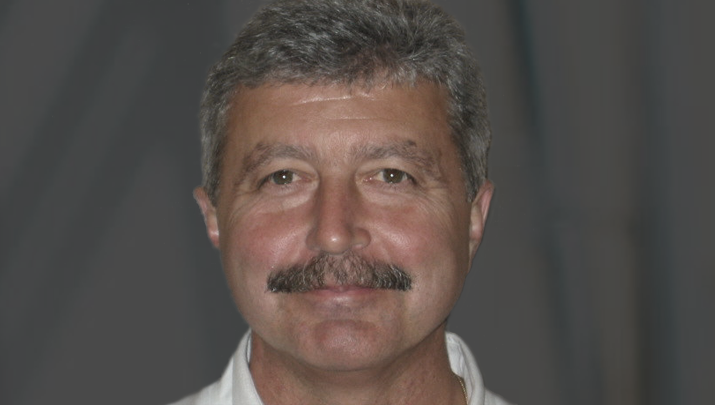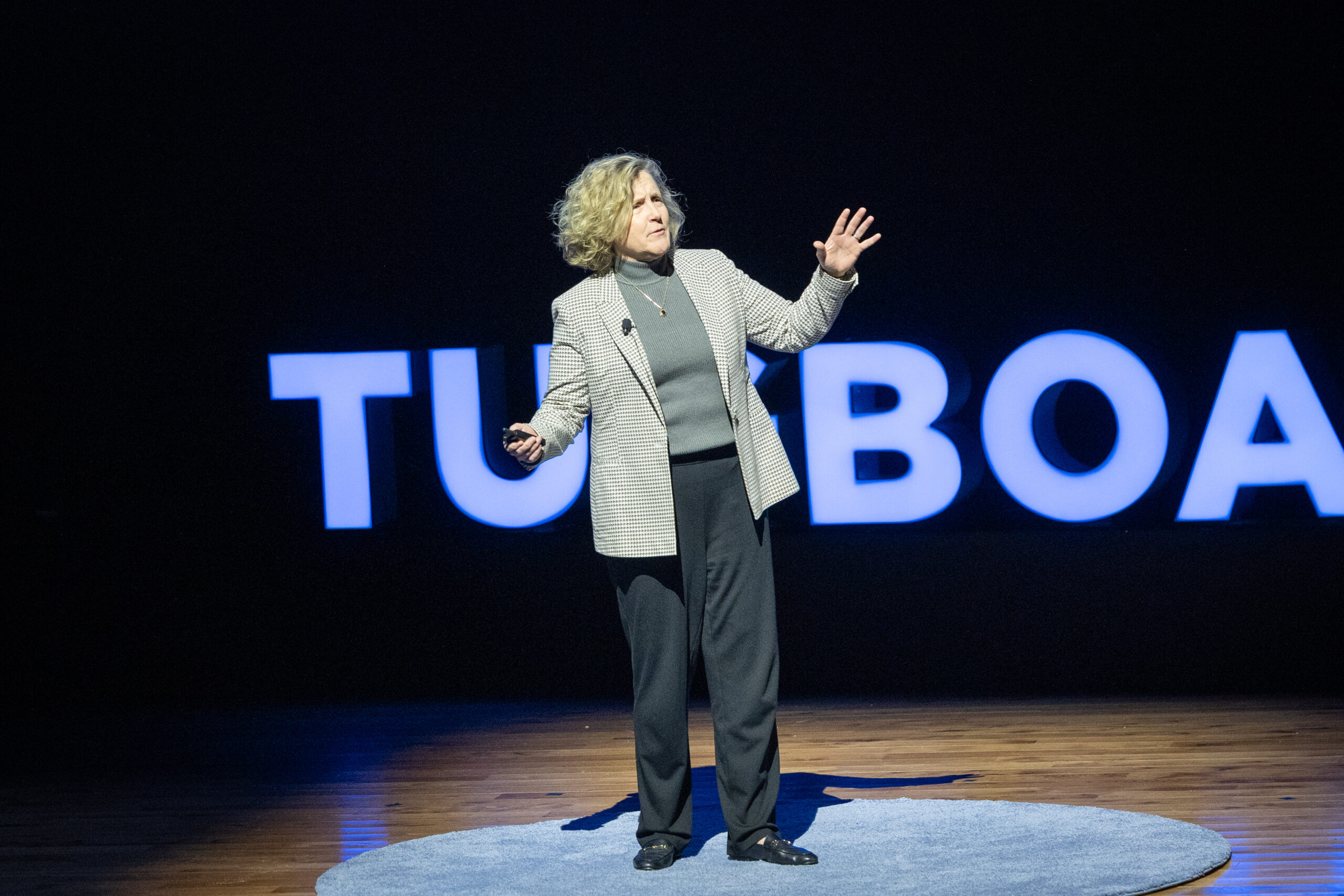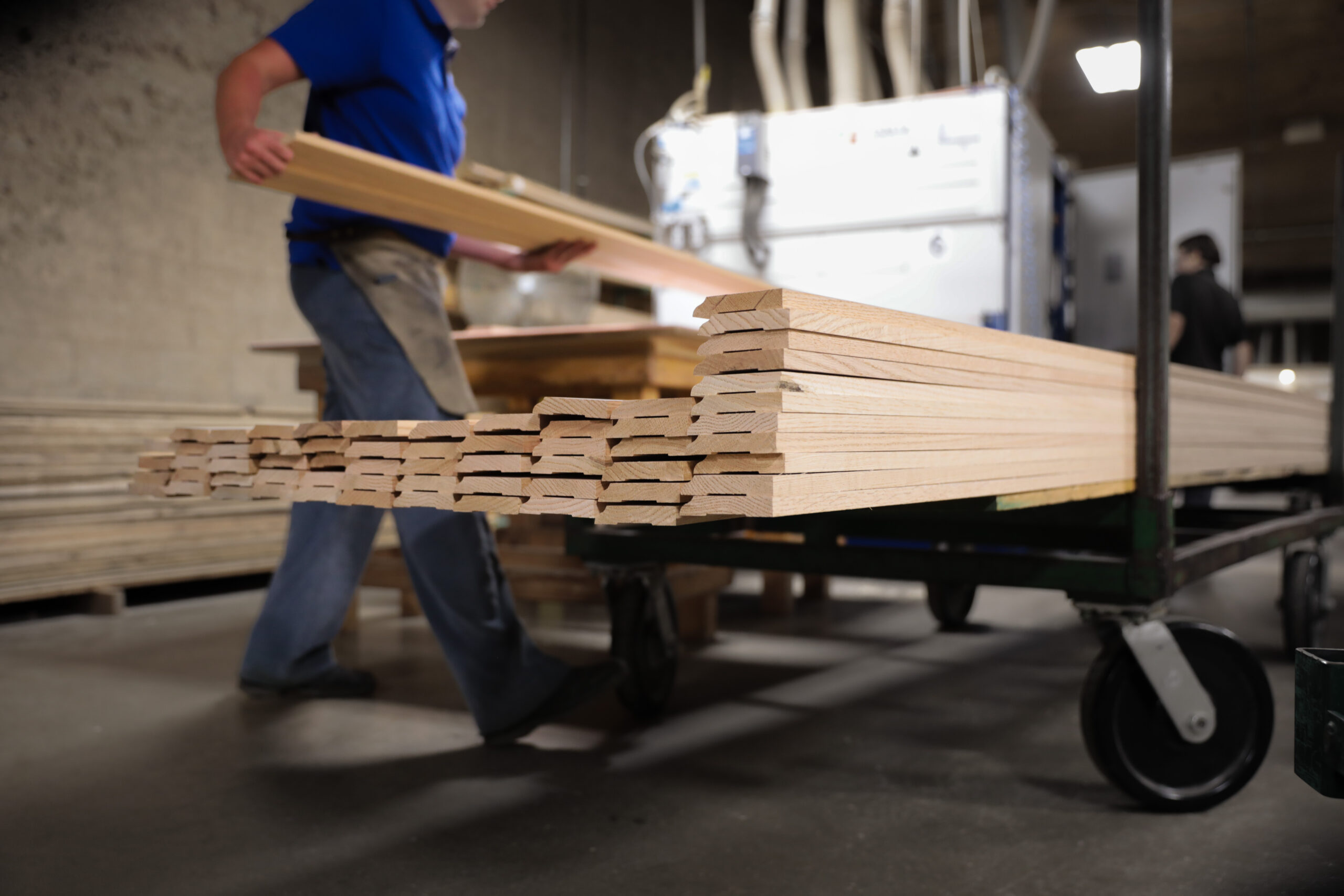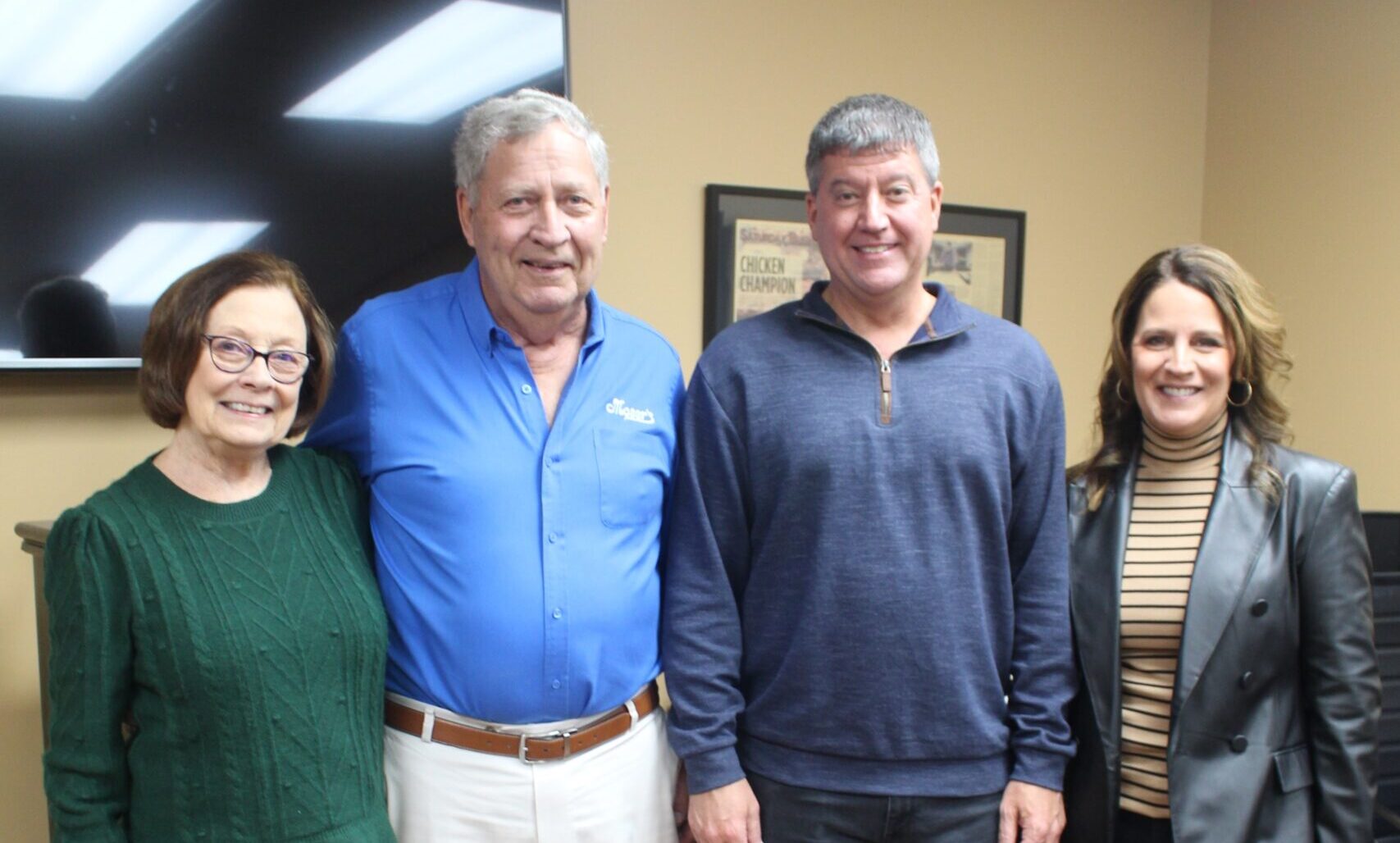

My Surprising Journey to Becoming an Evergreen CEO
- John Mathews
- Dynamic Architectural Windows & Doors
My path to becoming an Evergreen entrepreneur was not a straight one. Twenty-five years ago, I never thought I’d own a manufacturing business, let alone one where I would be turning away potential investors. But at the age of 60, that’s where I find myself. And Dynamic Architectural, my windows and doors business, is a thriving Evergreen business.
My journey started in 1991, when my friend Norm Evans asked me to run his manufacturing business.
The request came as a huge shock. Norm was a client who was in the process of buying two divisions of a public company. One division manufactured wood windows; the other made wood doors. Norm had asked me to come in as an investor on the deal, and although I told him I wasn’t Bank of America, I happily put some of my own cash into the venture.
I had no plans to run the company. But Norm made the request from his hospital bed. The sale had closed on March 23, 1991. On March 25, Norm suffered a massive heart attack. His wife called and asked me to go see Norm in the hospital. When he made the request, I couldn’t say no.
At the time, I was 35 and my insurance brokerage business was able to run on autopilot. I’d grown up admiring my grandfather, a consummate entrepreneur. Here was an opportunity for me to try my hand at running a large business. And besides, Norm was a friend. He had sunk all of his personal assets into the business and needed my help. How tough could a window and door business be?
I quickly found out. The company barely had enough capital to get through my first day. The workers were scared and seven salesmen were in my office, each claiming he should be the new owner of the company.
Then I got hit with some really bad news. It turned out that the public company Norm bought the divisions from had gone into receivership before the sale had gone through. Those divisions had been put up as security against bank loans. The divisions technically belonged to the bank and the sale had been unwound.
To make that point perfectly clear, the sheriff and his deputies showed up to say they were seizing the company and all of its capital goods. The sheriff dead-bolted the doors to all five of our buildings.
I was desperate not to lose Norm’s life savings my first week on the job, so I managed to convince the bank that our inventory of “machined wood components” was valuable only if we could turn it into specific windows and doors. They agreed to let us start working again. At 7:30 every morning, the sheriff’s representative unlocked the doors. Then he sat in the boardroom drinking coffee until 4:30 p.m., when he padlocked them back up.
Six weeks later, Norm was out of the hospital. We’d renegotiated with the receivers so Norm could repurchase the assets and inventory at a lower price so that was good. But there was a change of leadership at Norm’s bank. The new management said the $350,000 loan he needed was off the table. We had a week to come up with the cash. Thinking on our feet, we asked the owner of three of our five buildings if he’d put up $350,000 to keep us in business and keep his buildings rented. He didn’t like the idea, but he liked the idea of three empty buildings even less. He funded us.
Norm owned the company again, and I figured my work was done.
But a few months later, I was back in. That fall, Norm had to go back into the hospital for a six-bypass heart operation. I agreed to hold the rudder until Norm was back up to full health, but during those weeks, something changed in me. As the company began to emerge from its initial crisis, I got hooked on the challenges and joys of working in manufacturing. Windows and doors were so tangible and so different from the often dull routine of insurance work.
When Norm left the hospital, I offered to form a 50-50 partnership. He agreed. We pushed our desks face to face and started building what is now Dynamic Architectural Windows and Doors.
About 18 months after Norm came back to work, his health again deteriorated and he decided he wanted to retire. I agreed to buy out his shares, making me the sole owner. Over the past 25 years, I’ve learned a lot about running a business. Although institutional investors often approach us, I want to keep Dynamic Evergreen. I view our company in the European model. There, business owners see themselves as stewards of the enterprise, responsible for growing the business for the next generation.
That mindset has allowed me to build a company which is as much about our people as it is about our products. We have found great success hiring immigrants from war-torn countries like Syria and plan to hire more next year. I try to encourage people to move (slowly, over time) from the factory floor to management through hard work and, often, night-school classes.
Being Evergreen has also helped us innovate. We’ve invested more in research and development than outside investors might have approved of, but we now offer a unique product: windows and doors tailored to architectural specifications, sold directly to contractors and homeowners, produced with the speed and efficiency of mass-produced goods—we call it Mass Customization.
Last year we shipped $30 million worth of customized products. We are debt-free and we expect to grow another 50 percent over the next three years.
Norm passed away this spring after many happy years spent with his family and fly-fishing. His sons have remained with the business these past years (one as vice president of operations, the other as a production manager), and they’ve been great partners along the way.
When I look back on what we’ve built, I couldn’t be prouder. I don’t sell out because there’s nothing I’d like to leave in my estate more than my shares. We make something real, and to me and our 250 employees, that means everything.
John Mathews is the President of Dynamic Architectural Windows & Doors.
More Articles and Videos

Both/And Thinking: Harnessing the Positive Potential of Tensions
- Marianne Lewis
- Carl L. Linder College of Business, University of Cincinnati

Leading Through Uncertainty – Tugboat Institute® Summit 2025
- Jackie Hawkins
- Tugboat Institute

Get Evergreen insight and wisdom delivered to your inbox every week
By signing up, you understand and agree that we will store, process and manage your personal information according to our Privacy Policy




